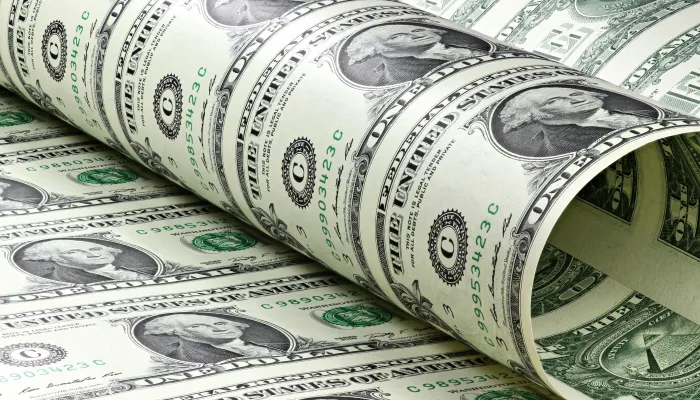What Will the Budget Look Like in 2020?
In our Analysis of the President's FY 2011 Budget, we discussed that, if the President's proposals were enacted, spending would grow to $5.7 trillion -- or 23.7 percent of GDP -- by 2020; that is well above the historical average of 20.7 percent of GDP over the last four decade. This post discusses the changing composition of the budget, over time.
In FY2010, what the Administration has described as security discretionary spending will consume almost a quarter of the budget. Non-security discretionary will consume about 15 percent. Social Security will consumer roughly a fifth, as will the combined costs of Medicare and Medicaid. All other spending, including stimulus, will consume around one sixth of spending. And the remaining 5 perecnt of the budget will go toward paying interest on the national debt.
Over the next decade, though, the composition of the budget is expected to change considerably under the President's budget proposal. Several areas of spending, for example, are expected to make up a much smaller portion of the budget. Since discretionary spending is projected to grow with inflation, under budget conventions, security discretionary spending will drop from 23 percent to 17 percent of the budget. Non-security will drop more significantly, from 15 percent to 9 perecnt, as a result of the President's proposed spending freeze. Other spending will also decline as a portion of the budget, especially as stimulus spending is withdrawn.
[chart:2191]
Two areas of the budget are expected to grow significantly -- health care and interest payments. Health care spending is expected to grow from 20% to 27% of the budget for two reasons: first, the Administration assumes that Medicare and Medicaid costs will nearly double as the population ages and health care costs grow; secondly, health care reform is assumed to cost about $100 billion a year. Meanwhile, interest costs will grow from only 5 percent of the budget in 2010, to 15 percent in 2020. This, again, is driven by two factors: first, average interest rates are projected to increase from 2.5 percent in 2010 (unusually low as a result of the recession) to closer to 5 percent by 2020; more importantly, debt held by the public is expected to increase from $9.3 trillion to $18.6 trillion.
Importantly, interest payments will continue to consumer and ever-growing portion of the budget, as long as debt continues to grow at projected rates. In other words -- as our debt rises, we devote a larger and larger share of our budget to simply servicing it, leaving less room for everything else.
Interest, Social Security, and federal health care spending together is expected to consume around 63 percent of the budget in 2020, compared to 44 percent today. That means if we don't address entitlement reform, our capacity to budget -- to actually decide how we want to spend our money -- will be greatly diminished. One of our board members, Gene Steuerle, has referred to this as fiscal sclerosis.
And this sclerosis isn't the President's fault -- it is the result of past policy decisions. Under a current policy baseline, Social Security, health care, and interest spending would total 62 percent of the budget; and under acurrent law baseline, it will consume 61 percent.
| FY2010 |
FY2020 | ||||
| (Current Policy) | Current Law Baseline | Admin Current Policy Baseline | President's Budget | ||
| Security Discretionary | 23% | 19% | 18% | 17% | |
| Non-Security Discretionary | 15% | 10% | 10% | 9% | |
| Social Security | 19% | 22% | 21% | 21% | |
| "Health Care" | 20% | 26% | 25% | 27% | |
| Other Spending | 17% | 10% | 11% | 11% | |
| Net Interest | 5% | 13% | 16% | 15% | |
In any case, failure to take affirmative action will leave Congress less and less control over the budget, with more and more of it on autopilot. We should think, carefully, about if that is really the outcome we want.


